'The Hunt: Rajiv Gandhi Assassination Case' Review:Focused, Fearless Retelling of The Famous Political Killing
'The Hunt: Rajiv Gandhi Assassination Case' blends sharp direction, controlled pacing, and grounded storytelling to revive a pivotal moment in Indian history.
Published: Thursday,Jul 03, 2025 18:30 PM GMT-06:00

The Hunt: Rajiv Gandhi Assassination Case
Cast: Amit Sial, Sahil Vaid, Bagavathi Perumal, Danish Iqbal, Girish Sharma, Vidyut Gargi, Shafeeq Mustafa & more
Directed by: Nagesh Kukunoor
Produced by: Applause Entertainment in association with Kukunoor Movies
Streaming on: SONY LIV
Rating - ***1/2 (3.5/5)
On the night of May 21, 1991, Rajiv Gandhi, former Prime Minister of India, was assassinated by a suicide bomber during a public rally in Sriperumbudur, Tamil Nadu. More than three decades later, The Hunt for Rajiv Gandhi's Assassin, streaming on SONY LIV revisits that defining moment and the intense investigation that followed. Directed by Nagesh Kukunoor and based on Anirudhya Mitra’s book Ninety Days, this eight-part series is a slow-burning, investigative retelling of one of India’s most consequential crimes.
A Premise Rooted in History

The series opens not with a reenactment of the bombing, but with a cryptic phone call. An unidentified voice asks, “Is Rajiv Gandhi alive?” This scene sets the tone, not for a whodunit, but a “how-did-they-find-them” story. From the outset, the series doesn’t attempt to conceal the fact that the perpetrators were affiliated with the LTTE (Liberation Tigers of Tamil Eelam). Instead, it focuses on how Indian agencies built a case, tracked suspects, and navigated a complex web of clues to reach the masterminds and executors.
Nearly 70% of the series is in Tamil, which adds linguistic authenticity to the setting and characters. While this may require greater attention from non-Tamil-speaking viewers, it reinforces the rootedness of the story in its actual geography and culture. Set against the immediate political aftermath of the killing, The Hunt pulls viewers into the labyrinthine investigation launched by the Special Investigation Team (SIT), led by then-CBI chief D.R. Kaarthikeyan. The narrative is constructed through multiple lenses, intelligence inputs, forensic clues, conflicting witness accounts, and the sheer urgency that drove the operation.
Realism over Sensationalism

The makers avoid dramatizing grief or overplaying patriotic emotion. The storytelling maintains a measured tone. The events speak for themselves, the bombings, the missteps, the near-misses, and the painstaking process of building a case that could stand up in court.
What emerges is a procedural thriller with political overtones. The writing by Nagesh Kukunoor, Rohit Banawalikar, and Sriram Rajan leans on credibility. The dialogue avoids cinematic tropes. Instead, it reflects the professional tension among law enforcement personnel, intelligence officers, and bureaucrats who are racing against time.
A Tightly Structured Ensemble
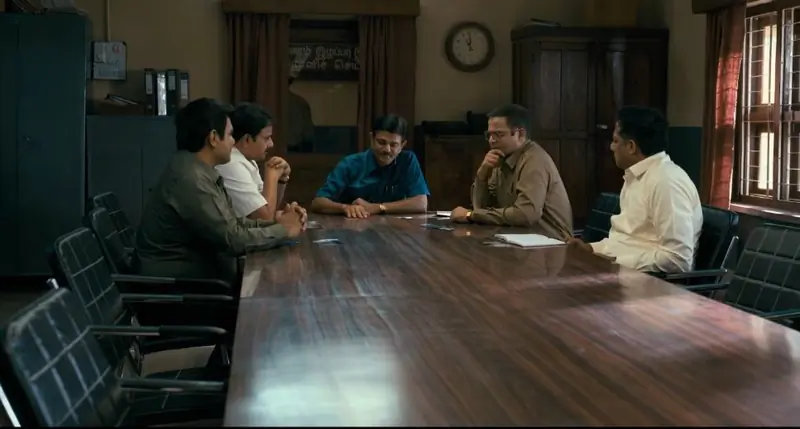
Amit Sial leads the cast as D.R. Kaarthikeyan, the SIT chief. Sial, known for his controlled performances, sinks into the character with quiet intensity. His use of a Tamil accent is well-researched and not performative. He doesn’t romanticize the role of a lawman — instead, he presents Kaarthikeyan as someone aware of the political sensitivity and international ramifications of the case.
Sahil Vaid plays Amit Verma, a key SP-CBI officer involved in the chase. Vaid’s character brings a grounded perspective and human urgency to the investigation. His screen time is utilized to show both the operational rigor and the emotional toll of the chase.
Bagavathi Perumal, Danish Iqbal, Girish Sharma, Vidyut Gargi, and Shafeeq Mustafa form the investigative circle that drives the plot. Each actor plays a distinct role without overshadowing the core narrative. Vidyut Gargi, as Capt. Ravindran of the NSG, provides a look at the tactical end of the operation, contributing to the final act with calculated precision.
Direction and Tone

Nagesh Kukunoor directs the series with restraint. The approach is non-linear in parts but doesn’t lose its thread. He ensures that viewers are not overwhelmed with jargon or exposition. Instead, the show trusts the audience to stay invested in the process, be it tracking down forensic reports or connecting call records.
The seven episodes maintain a consistent pace. The background score is minimal, allowing ambient sound to build tension. Scenes of surveillance, raid preparations, and interrogations are handled with care. There is no excess; the thriller element comes from the facts themselves.
The writing does not over-simplify the political climate of the time. It references the Indo-Sri Lanka accord, the rise of LTTE’s influence, and the fragile state of national security post-1989. However, the focus always returns to the operational core, the “hunt” itself.
What Lands Well

The biggest strength of the series is its structural clarity. Each episode focuses on a phase, from identifying the suspect, to chasing leads across states, to dealing with red tape and diplomatic limitations. The progression mirrors a real investigation: messy, inconclusive at times, and dependent on small wins.
The attention to forensic detail, from DNA analysis to photo reconstruction, grounds the series in hard facts. There’s a deliberate choice to show how surveillance technology and ground-level intelligence in the 1990s worked, no digital shortcuts, only footwork, observation, and intuition.
The performances stay rooted in the material. There are no heroic speeches, no stylised camera moves, and no melodrama. Every character is part of a system, accountable, under pressure, and often unsure.
What Doesn’t
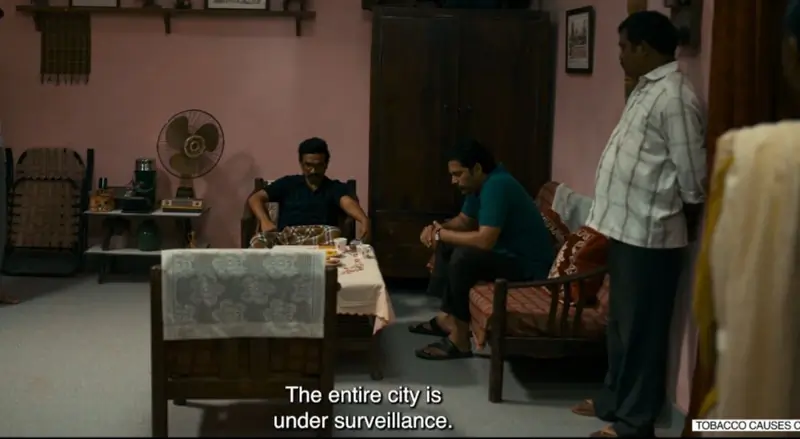
While the neutrality of tone is a strength, it may also distance some viewers who seek emotional resonance or a deeper personal lens into Rajiv Gandhi’s life or ideology. The series does not delve into his legacy, policies, or the broader Congress politics of the time. Nor does it explore the internal dynamics within LTTE beyond their operational presence.
The decision to exclude high-profile dramatizations of the Gandhi family may seem intentional, possibly to stay focused on the investigation, but it also leaves a gap in the human story. Viewers unfamiliar with the emotional fallout may feel detached from the historical weight of the event.
Some episodes, especially in the middle stretch, follow a predictable pattern, new clue, a chase, another clue, which may feel procedural in the literal sense.
A Timely Retelling

With India now looking back at its political history with greater scrutiny, The Hunt for Rajiv Gandhi's Assassin arrives at an opportune moment. The assassination remains one of India’s most pivotal events, not just as a tragedy, but as a turning point in counter-terrorism, foreign policy, and national security infrastructure.
By choosing a journalistic rather than dramatic lens, the series avoids mythmaking. It doesn’t glorify the cops, nor does it sensationalise the perpetrators. Instead, it focuses on systems, how they respond under pressure, how they adapt, and where they break.
Production and Real-World Parallels

Produced by Applause Entertainment, the series fits into the company’s growing catalogue of fact-based dramas. Like Scam 1992 or Black Warrant, The Hunt adopts a documentary-style research rigor while presenting it in a fictional format. But unlike those series, the stakes here are political and emotional. The consequences are not financial or personal, but national.
The decision to base the story on Anirudhya Mitra’s Ninety Days, a book by a journalist who covered the investigation, adds to the authenticity. Mitra’s involvement ensures that facts are not distorted for narrative ease. The source material guides the structure, ensuring each plot point has a real-world backing.
Final Thoughts

The Hunt for Rajiv Gandhi’s Assassin is not about mystery, it is about method. In a country where political violence is often reduced to headlines or conspiracy theories, this series stands apart by sticking to the process. It shows how an institution, even in its flawed and delayed form, can deliver when urgency demands it.
The characters, especially the SIT members, are sharply written and convincingly performed. Amit Sial’s portrayal of Kaarthikeyan is a standout, not because it demands attention, but because it quietly commands it.
This is not a show that entertains with pace or surprises. Instead, it engages with truth and context. It demands patience and rewards attention. For those interested in political history, investigative storytelling, and fact-based narratives, this is a significant watch.
Join Our WhatsApp Channel
Stay updated with the latest news, gossip, and hot discussions. Be a part of our WhatsApp family now!
Join NowYour reaction
 Nice
Nice Great
Great Loved
Loved LOL
LOL OMG
OMG Cry
Cry Fail
Fail




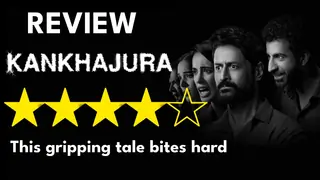
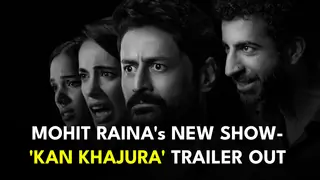
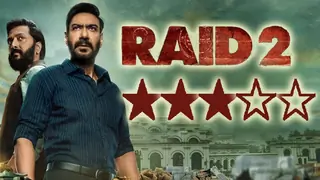









2 Comments